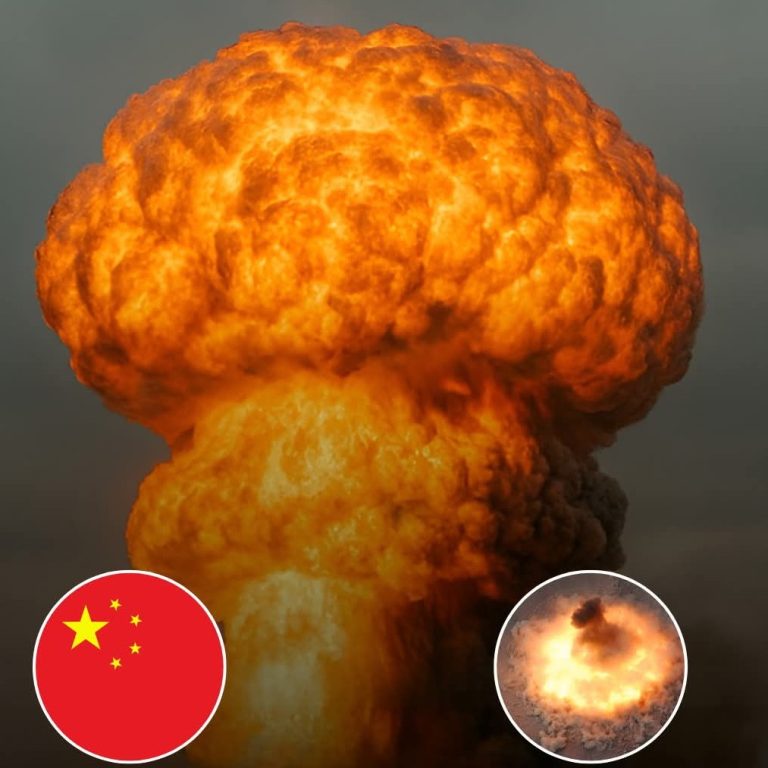China has reportedly conducted a test of a powerful non-nuclear hydrogen bomb that generates a scorching 1000°C fireball — a heat intensity capable of instantly vaporizing anything in its immediate blast zone. The weapon, which harnesses thermobaric (fuel-air explosive) technology rather than nuclear reactions, is being hailed as a significant leap in conventional warfare capabilities.
Unlike traditional nuclear bombs, this new device does not emit radioactive fallout. Instead, it relies on the detonation of fuel dispersed into the air, which is then ignited to produce a massive explosion characterized by extreme heat and intense pressure. The result of the non-nuclear hydrogen bomb is an overwhelming blast wave that can level fortified bunkers and enclosed structures, making it particularly lethal in urban or subterranean combat environments.
Military analysts suggest the weapon’s destructive potential rivals that of small tactical nuclear devices, especially when used in confined areas such as tunnels, bunkers, or enclosed compounds.
“This represents a major advancement in China’s conventional weapons program,” said a senior defense expert. “While not nuclear in classification, the devastation it causes in enclosed areas can be just as horrifying.”
Thermobaric weapons have long been controversial due to their brutal effects on human targets. The high-temperature explosion consumes oxygen and creates a prolonged overpressure, leading to suffocation, internal injuries, and severe burns among anyone caught in the blast radius.
Humanitarian organizations have condemned the development, warning that the use of such weapons in populated areas could lead to mass civilian casualties and violate international humanitarian law. “The suffering caused by thermobaric devices is horrific and often indiscriminate,” said a spokesperson for the International Campaign to Ban Thermobarics. “Their use should be severely restricted if not outright banned.”
While Chinese authorities have not officially confirmed the test, leaked footage and military sources suggest the trial was conducted in a remote desert region within China’s western territories. The weapon is likely part of a broader strategy to modernize the country’s defense capabilities and deter adversaries through overwhelming conventional force.
The test adds a controversial and potent tool to China’s growing military arsenal, signaling both technological prowess and an evolving doctrine that increasingly blurs the lines between nuclear and conventional warfare.


